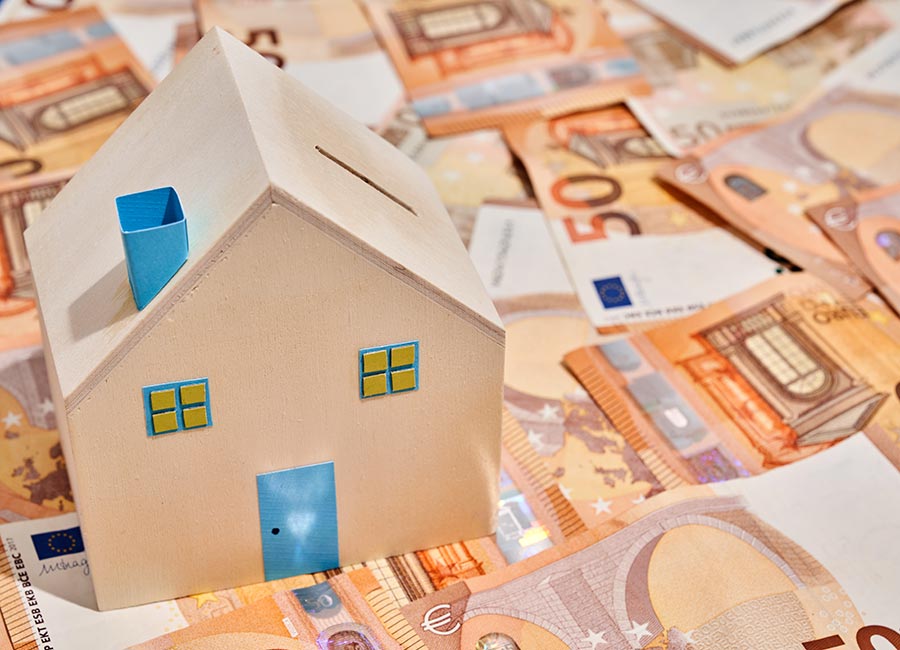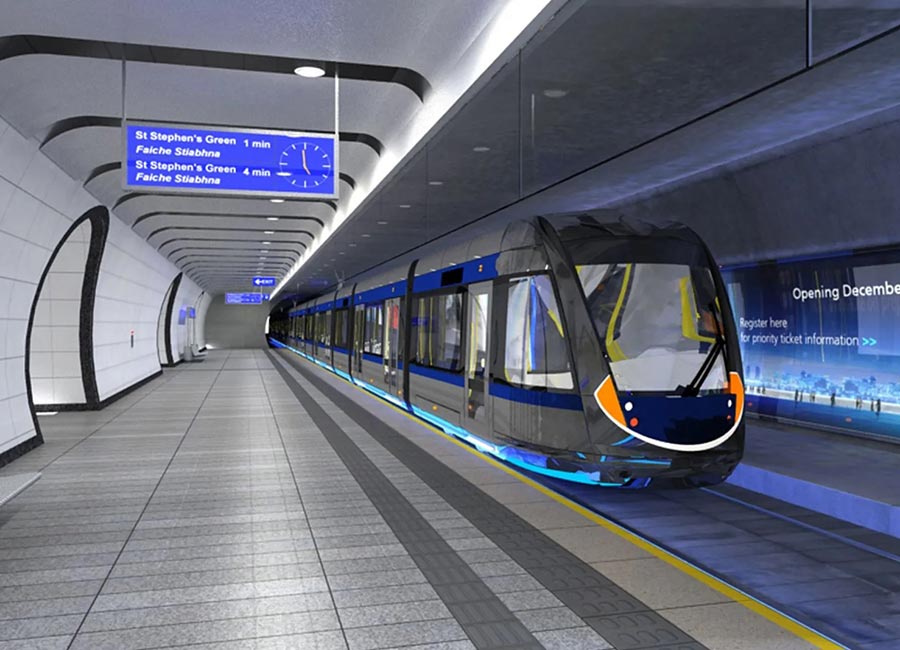Residential property prices increased 7.5% in the year to April, down marginally from 7.6% in March, according to the Central Statistics Office (CSO).
Annual growth in prices was quicker outside Dublin (+8.6%) than in the capital (+6.2%), with the border region (+11.8%) seeing the highest rates of property price inflation of all regions.
In Dublin, house prices increased 6.1% year-on-year while apartment prices rose 6.5%. Growth was quickest in Fingal (+9.2%) and slowest in Dún Laoghaire-Rathdown (+4.3%). Outside Dublin, house prices increased 8.8% and apartment prices rose by 5.7%.
The median price paid for homes in the 12 months to April was €365,000, rising to €670,000 in the most expensive part of the country, Dún Laoghaire-Rathdown. Leitrim was cheapest area in which to buy property at a median average of €185,000.
Outside of Dublin, the most expensive region over the last 12 months was Wicklow, with a median price of €455,000. The second most expensive region was Kildare, which had a median price of €410,125.
By Eircode, the most and least expensive areas were A94 Blackrock at €750,000 and F45 Castlerea at €148,000.
A total of 3,748 sales were filed with the Revenue Commissioners in April, an increase of 4.9% from 3,572 in April 2024. The value of those transactions was €1.6bn, the lion's share of which was existing dwellings (2,908 for €1.2bn), with the balance made up by new dwellings (840 for €398.1m).
Property prices nationally are now 17.8% higher than at their previous peak in April 2007. Prices in Dublin (+4.2%) and in the rest of Ireland (+19.8%) are also higher than their respective previous highs in February 2007 and May 2007.
Prices have risen by 162.7% from their previous low in early 2013, and by 158.1% in Dublin since February 2012, and 175.8% in the rest of Ireland since May 2013.
Mike Stack, solicitor with digital conveyancing specialists Beam, said demand for housing is still being "frustrated by avoidable delays and inefficiencies in the sale process."
"Prices may be rising, but the figures alone mask a deeper issue, which is that too many transactions are collapsing or dragging on for months, which is eroding buyer confidence and placing vendors at risk of price renegotiations or even lost sales," he continued.
"We’ve found that currently, somewhere around 15% of transactions fall through, and 30% of those are due to last-minute issues uncovered by engineer reports related to planning, compliance, or safety. These surprises almost always hit just before sale, often after months of negotiation."
Gerry Griffin, senior mortgage advisor at NFP Ireland, said the figures show property prices continue their upward trend, albeit at a slightly more measured pace.

“The recent interest rate environment has added a new layer of complexity. While mortgage rates have begun to ease and the ECB has just cut rates again, the risk is that improved borrowing capacity will simply fuel further price growth unless the underlying supply deficit is addressed," he added.
"We’ve seen this cycle before, where lower rates boost demand, but if supply doesn’t catch up, affordability worsens.”
(Pic: Getty Images)









